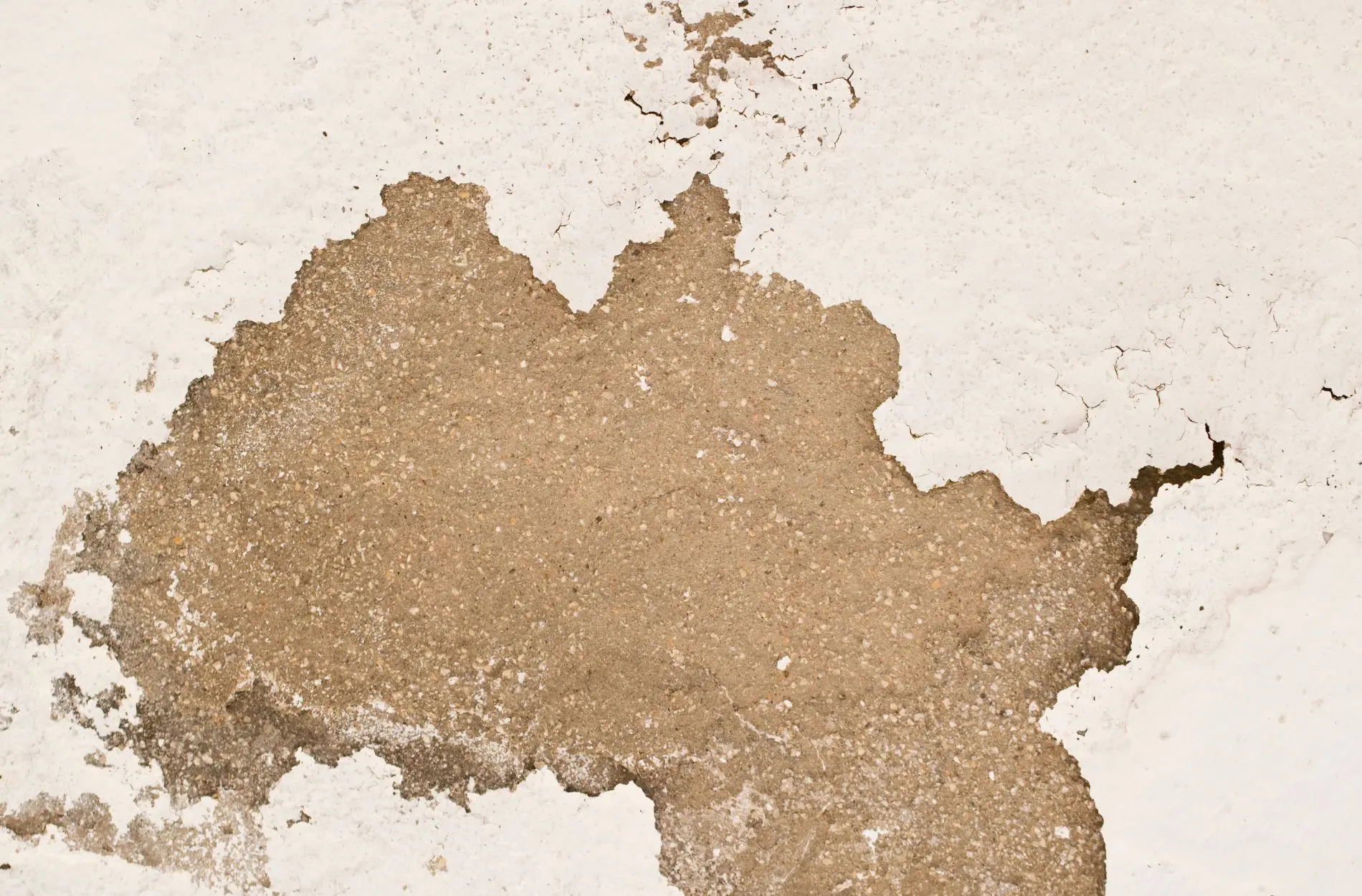How To Apply Varnish Like A Pro

It’s not until you attempt to successfully varnish a surface that you realize just how tricky it can be. On paper, it should be as easy as simply slapping a load of stuff on and waiting for it to form a hard and shiny finish. In reality, you often find yourself looking at the kind of finish that’s anything but inspiring.
The question being – where are you going wrong?
In most instances, errors made when varnishing surfaces are very similar to those made by DIY painters. Typically, uninspiring results are the result of rushing the job to completion, while failing to take into account a few important pro-tips.

So if planning to go ahead with a varnishing project of any kind in the near future, proceed in accordance with the following five steps and you could be looking at a far more inspiring outcome:
Step 1 – Ensure The Temperature Is Just Right
First and foremost, you need to ensure that the ambient temperature isn’t too hot or too cold at the time. Ideally, you should be looking at keeping the temperature between 70° F and 75° F, in order to cure the varnish most effectively. When temperatures are too low, curing times can be extended by days or even weeks. If the temperature is too high, the solvent within the varnish may evaporate too quickly and compromise the quality of the outcome. On the plus side, this makes the fall one of the best times of year to tackle varnishing projects, when temperatures are neither too hot nor too cold.
Step 2 – Prepare For The Job
Try to remember that varnish is particularly sensitive when it comes to dust and dirt. Just as is the case with painting in general, you need to ensure that the surface itself and the surrounding area are immaculately clean, before going ahead. If anything, you should probably take things a little further when planning to apply varnish. Use appropriate protective covers to protect everything in the vicinity, clean the room in its entirety and ensure the surface itself is spotlessly clean.
Step 3 – Choose Your Tools
You can apply varnish by way of a roller, a pad or a brush – whichever you prefer. Nevertheless, you need to ensure that the tool you select is of the highest quality you can find. If going for a brush, choose one that’s been made using natural hairs. The idea being that by choosing a premium application tool, you’re far less likely to leave behind unsightly marks that could compromise the finish.
Step 4 – Apply A Coat Of Sealer
Prior to applying the final coat of varnish itself, you will need to apply a coat of sealer to prepare the surface of the wood. You can buy a quality sealer from your local hardware store, or make your own by mixing one part varnish with one part mineral spirits. Ensure the mixture is thoroughly combined and apply a thin and even coat to the surface. After giving the sealer sufficient time to dry, you’ll want to create a slightly rough surface using 320-grit sandpaper. It may be necessary to add more than one coat of sealer, depending how porous the surface is.
Step 5 – Apply The Varnish
Last but not least, it’s a case of using a high-quality tool to apply an equally high-quality coat of varnish. Followed by another, followed by at least one more. In most instances, it’s recommended to apply three or four coats of varnish, giving each plenty of time to dry respectively. Once again, it’s important to ensure that the area as a whole is kept as clean and dust-free as possible, gently sanding the previous coat of varnish before applying the next. Done properly, it should take you in the region of five days to a week to get the job done.
Of course, the alternative option is to call the pros and have the experts take care of things on your behalf! For more information on any of our services or to arrange an obligation-free quotation, contact a member of the team at Homm CPS today.










